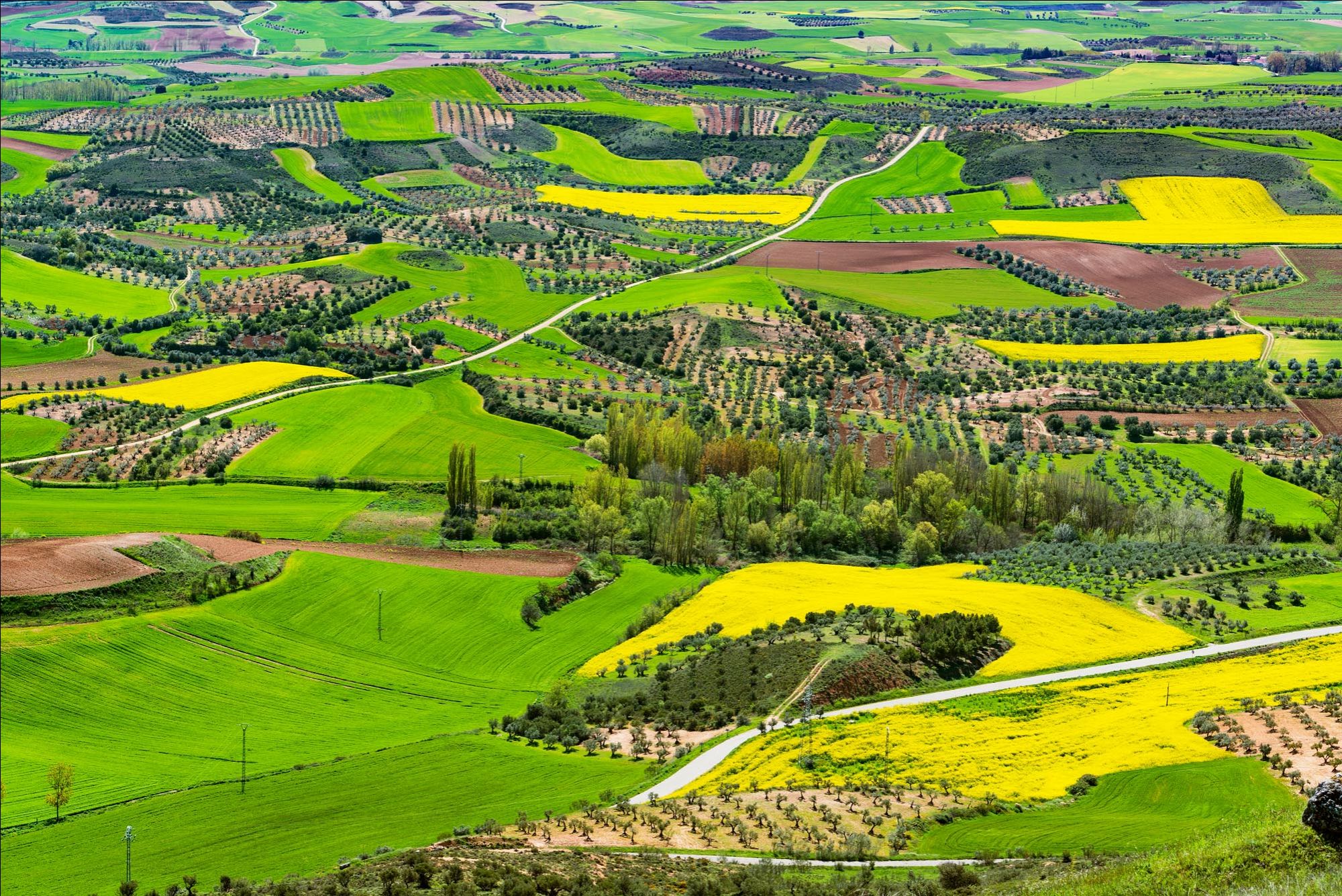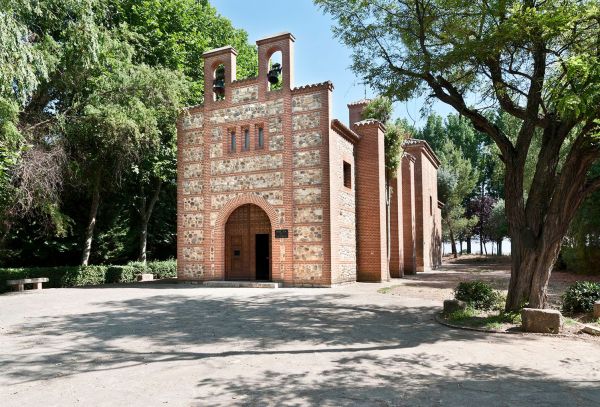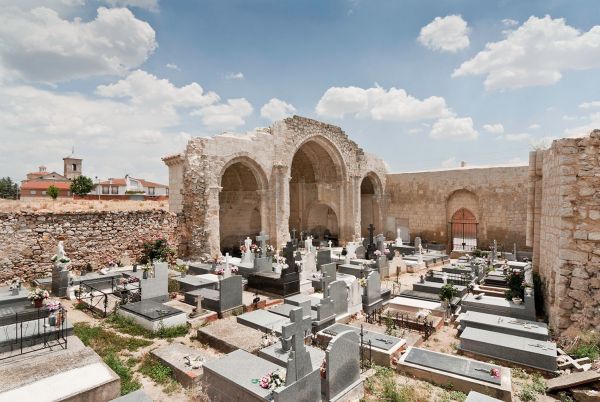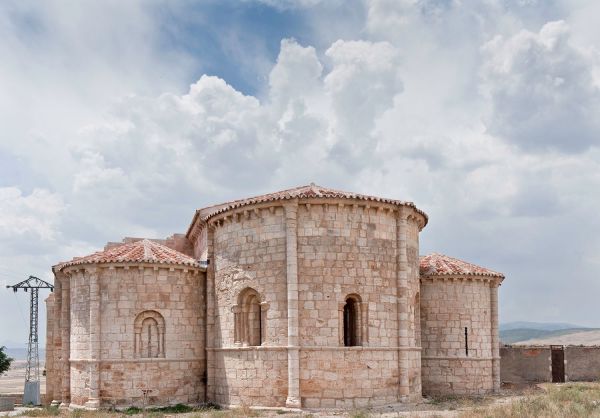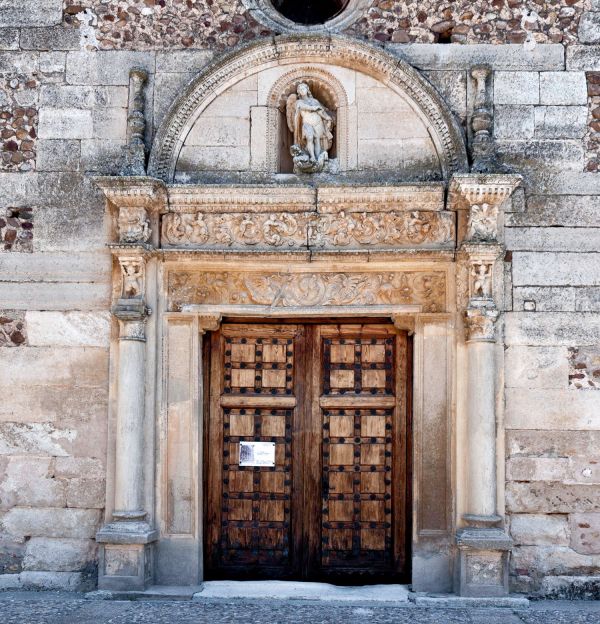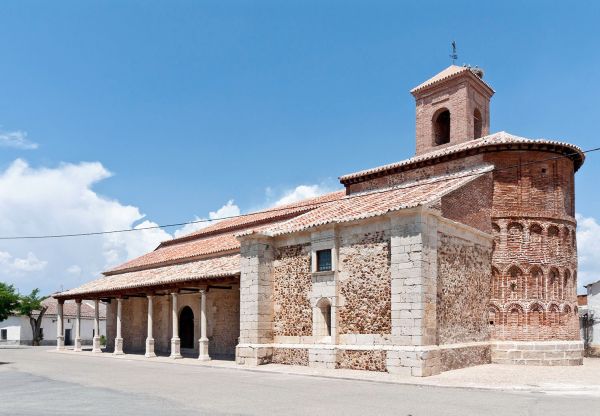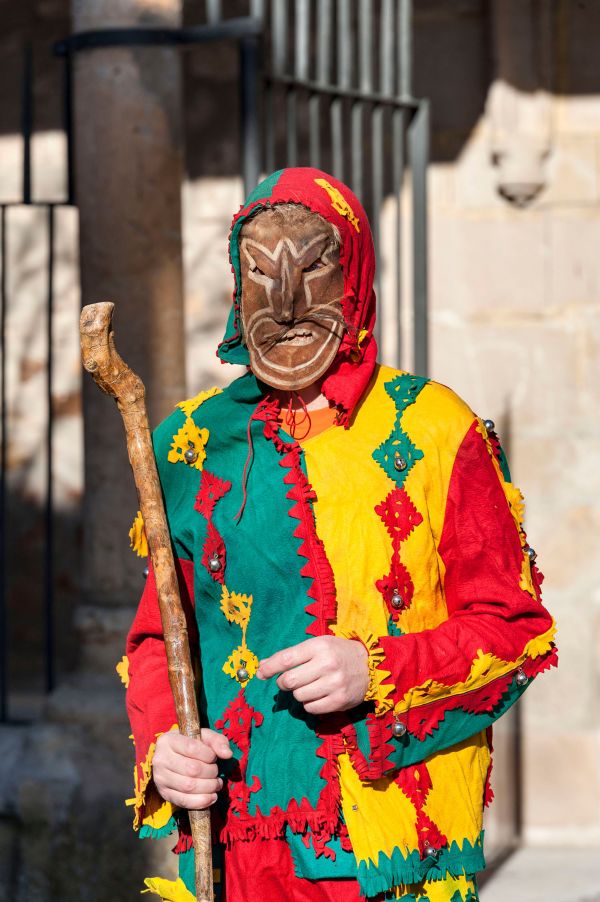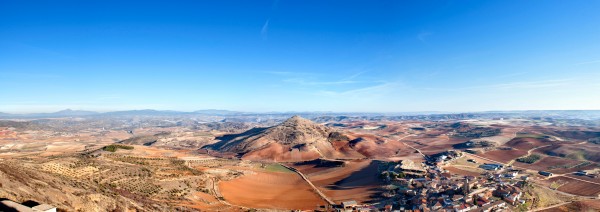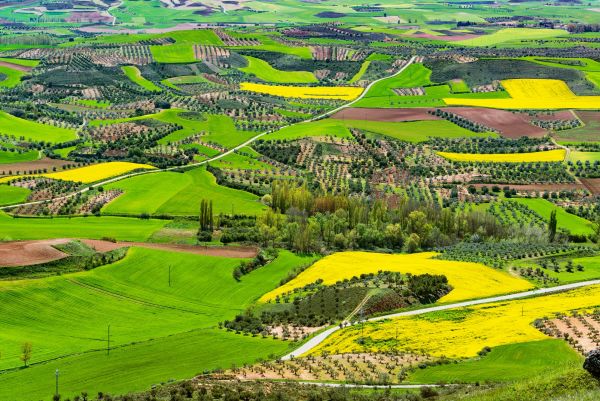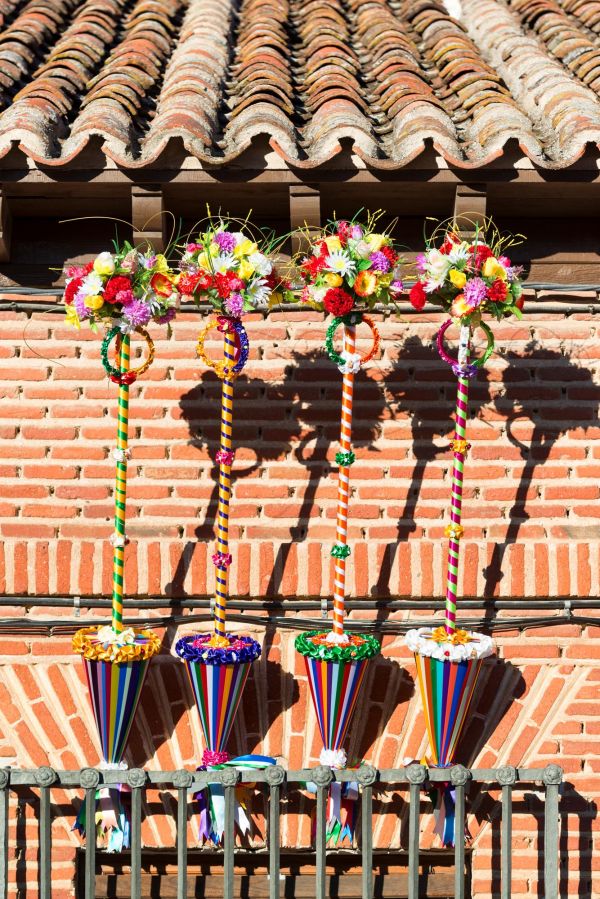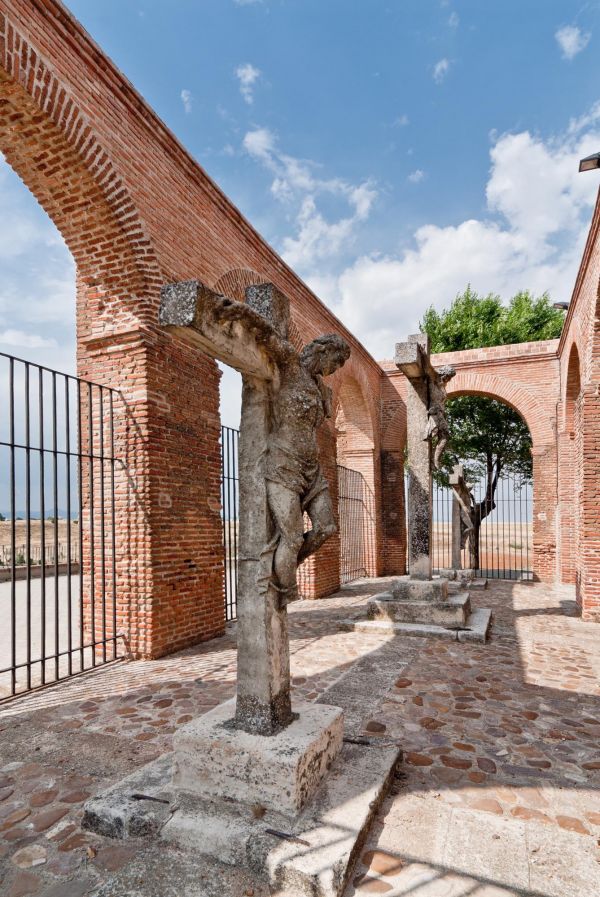La Campiña: the Guadalajara farm
Guadalajara
According to the dictionary, countryside (campiña) is a vast area of land used for farming. And there’s no better way to define this region: La Campiña, true to its name, is a land with extensive river terraces, between the Henares and Jarama rivers, perfect for growing cereals, vegetables and fruit. We are in one of the central Iberian peninsula’s richest vegetable gardens.
In addition to rural activities and tradition, there are also impressive monumental treasures and beautiful natural scenery, making it the perfect destination if you’re looking for peace and the countryside. We suggest a round trip, beginning and ending in the capital city, Guadalajara.
Travelling alongside the Henares river, through poplar groves, we first reach Fontanar, where the Carthusian mansion built by the Carthusian monks of the Santa María Monastery in El Paular in the late 15th century is a highlight. A fine example of Spanish baroque, brick architecture.
Next, we reach Yunquera de Henares. In the surrounding area, there is a path that winds between cereal fields and poplars –the hermitage route– which takes us, over an 8 km trail, to several of the town’s hermitages. If we’re short on time, we can go straight to the Virgen de la Granja hermitage, where a stunning park with groves, outdoor picnic tables, walks and fountains has been built.
Humanes is among large areas of irrigation. Its architectural heritage includes the noteworthy Parish Church of San Esteban, from the 16th century. La Muela de Alarilla mountain watches over the whole area. La Muela is where paragliding and aeromodelling fans meet. The views from the summit are certainly worth a look.
The road takes us from Humanes to Puebla de Beleña. The Lagunas de Puebla de Beleña Nature Reserve is an important winter location and staging point for migratory journeys for several migratory waterbirds.
The journey continues to El Cubillo de Uceda, where we find the church of Our Lady of the Assumption, a structure dating back to Roman times, with a Plateresque façade and semi-circular brick Mudejar apse. We continue on to Uceda through landscape featuring poplars, ashes and willows, where we’ll visit the Roman church of Santa María de la Varga.
Later, along the same route, we reach El Casar, a town where we immediately focus our attention on the 16th century parish church or the numerous 17th century mansions. It’s worth visiting the 17th century Hermitage of El Calvario, which offers impressive views of the Jarama valley and the Central System massif.
We return to the capital city of Guadalajara, where the historical treasures demand more of our time.
May also be of interest to you
Castilla-La Mancha Tourism in 2023. All rights reserved.

 365
365
